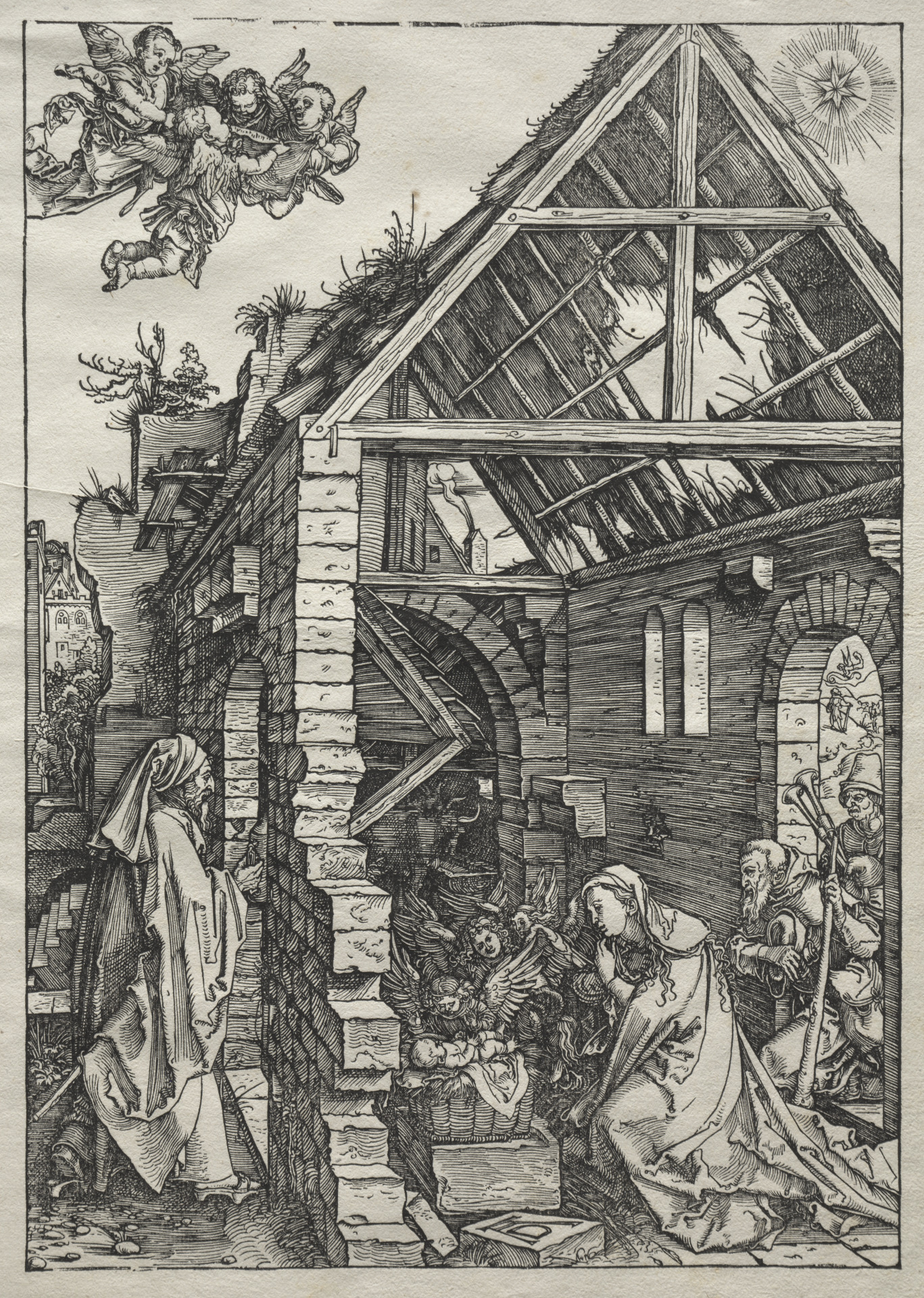
- Magazine Article
- Collection
- Exhibitions
- Support
A Lasting Impression
To mark the Print Club of Cleveland's centennial, a new exhibition highlights some of the group's major donations

The Cleveland Museum of Art holds one of the nation’s most important print collections, thanks to the generosity of the Print Club of Cleveland. Since its founding in 1919, three years after the museum opened, the club has championed printmaking and built the museum’s holdings of works on paper through an astounding number of gifts. In 2019 the Print Club celebrates its centennial, making it the oldest museum affiliate group in the United States. A Lasting Impression: Gifts of the Print Club of Cleveland highlights the organization’s extraordinary impact on the collection by presenting more than 70 significant donations, including works by Albrecht Dürer, Rembrandt van Rijn, Edgar Degas, Käthe Kollwitz, and Andy Warhol. Among the finest of the CMA’s collection, a number of the prints on view are internationally recognized for their quality and rarity.
The Print Club of Cleveland was founded by a group of community members who established a model that most American museums follow today. Led by the CMA’s first print curator, Ralph Thrall King, the club initially focused on educational programs and sponsorship, but throughout the past century the group has established a wide range of lasting traditions. Each year a contemporary printmaker creates an original print edition for all club members and visits Cleveland to discuss the work. Since 1985 the group has brought its passion for collecting to the public at the annual Fine Print Fair, where visitors can view and purchase prints offered by dealers from around the world. These annual events are supplemented by lectures by influential scholars, exclusive exhibition tours, private collection visits, and curator-led travel expeditions.

Above all, the club prides itself on its transformative annual gifts of art to the CMA’s print collection; A Lasting Impression presents highlights of these donations and traces printmaking’s history in Europe and America over the course of six centuries. Arranged thematically, the exhibition explores themes central to printmaking, including religion, portraiture, landscape, the nude, and abstraction. Because of the remarkable range and quality of the club’s gifts, visitors can follow a subject’s progression across time and place. The examples feature virtually every printmaking technique—from early engravings to contemporary lithographs—revealing printmaking as a vital site for innovation throughout the history of Western art.
Donated in 1922, Dürer’s Nativity is one of the earliest gifts—and among the first works chronologically—featured in A Lasting Impression. This important woodcut depicting Christ’s birth belongs to the series Life of the Virgin, which transformed religious imagery by emphasizing everyday details of Mary’s life. Although woodcut was a common technique during Dürer’s lifetime, he was the first artist to show detail and texture through finely carved, crossed lines rather than broader gouges into the block. The print is one of many by Dürer given by the Print Club, resulting in an extraordinarily rich collection of the master’s works.

The exhibition also highlights artists’ experiments with printmaking processes in later centuries. In Wooded Landscape at L’Hermitage, Pontoise, Impressionist artist Camille Pissarro depicted the Parisian suburb where he lived at the time, using etching to evocatively suggest natural light passing through a forest. He made the print in 1879 after learning to etch from Degas, whose equally rare lithograph of a woman bathing is on view in the galleries. The exhibition also includes an important color print by German artist Käthe Kollwitz that empathetically presents a female worker in Berlin, highlighting printmaking’s democratic potential.
The club has always supported contemporary art, and important gifts in this area show how printmaking has continued to evolve in recent decades. Some significant prints were given the same year they were made, including Roy Lichtenstein’s Cathedral #3—a playful Pop reinterpretation of Impressionist painting—in 1969. Most recently, the club has given prints by a variety of living artists, including a colorfully patterned lithograph by Polly Apfelbaum, an abstract landscape by Georg Baselitz, and a striking portrait by Alex Katz. Shown alongside historical examples, these works highlight the deep and comprehensive story that the CMA’s collection can tell about printmaking’s history. This is in no small part a result of the support of the Print Club, whose gifts to the museum are also gifts to the people of Cleveland.

106.2 x 68.6 cm. Fiftieth anniversary gift of the Print Club of Cleveland, 1969.272.
© Estate of Roy Lichtenstein
Cleveland Art, March/April 2019